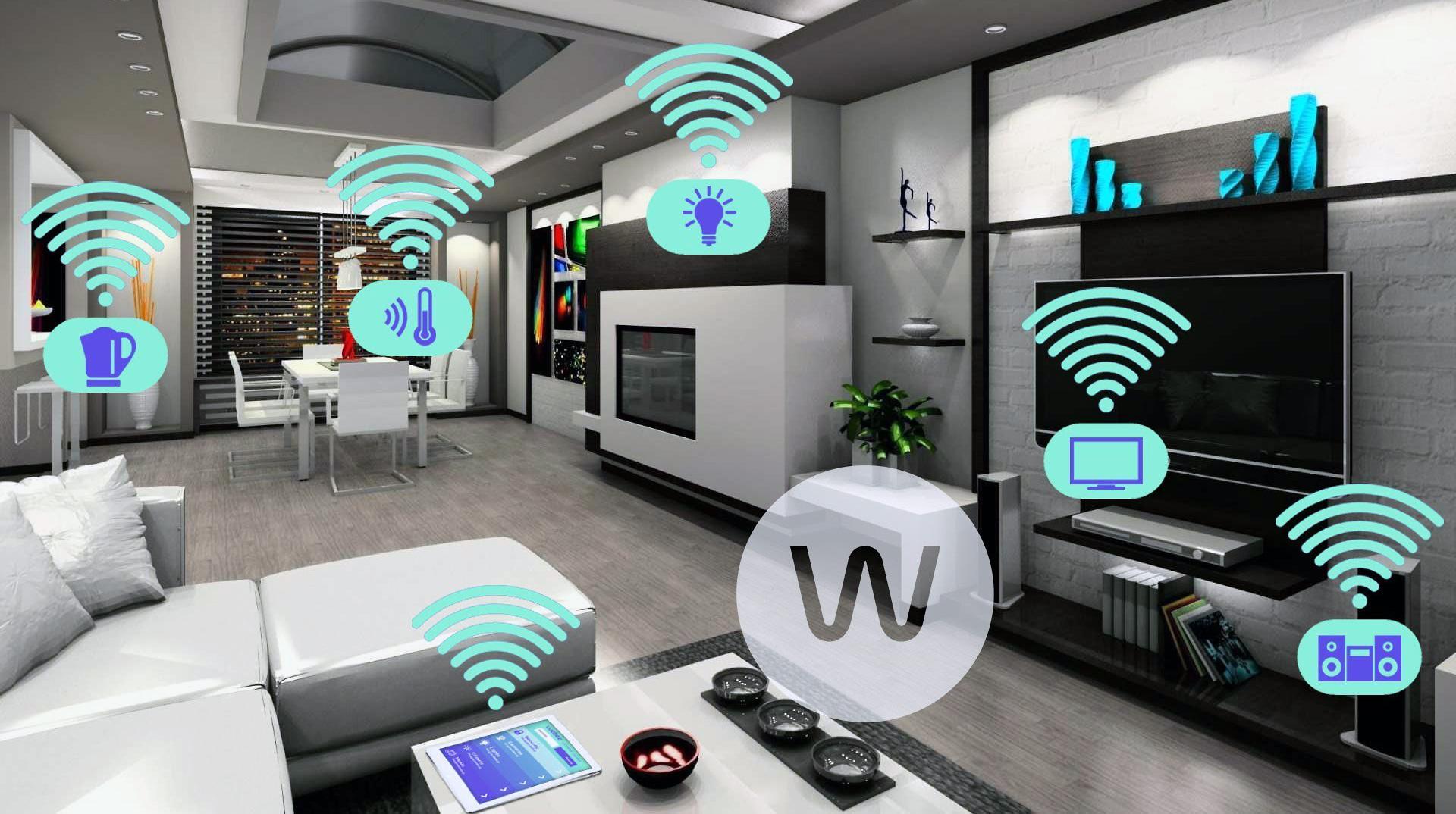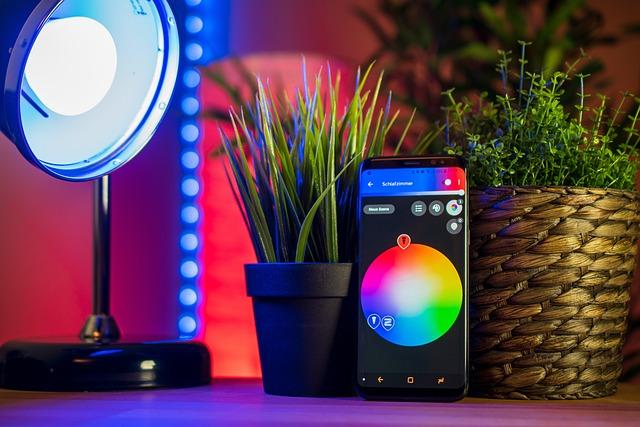In an era where our homes are becoming increasingly adorned with high-tech gadgets, the allure of smart home devices is undeniable. From intelligent thermostats that learn our habits to voice-activated assistants that manage our daily tasks, these innovations offer convenience and comfort like never before. However, as we embrace this technological transformation, a pressing question looms: do these devices put our privacy at risk? In “Do Smart Home Devices Compromise Your Privacy? A Real Security Analysis,” we peel back the layers of this modern phenomenon, examining the intricate dance between innovation and security. By delving into the vulnerabilities and data practices associated with smart home technology, we aim to provide a balanced perspective on whether the conveniences offered are worth the potential compromises to our personal privacy. Join us as we explore the implications of living in an interconnected world and seek to empower you with the knowledge necessary to navigate the smart home landscape safely.
Understanding the Data Landscape of Smart Home Devices
The data landscape surrounding smart home devices is thick with complexity and often obscured by marketing jargon. These devices, which range from smart thermostats to connected security cameras, collect vast amounts of personal data to enhance user experience. The types of data commonly harvested include:
- User preferences: Information on how individuals interact with devices to create customized settings.
- Usage patterns: Data showing when and how frequently devices are used.
- Environmental data: Sensor readings related to temperature, motion, and light.
- Voice recordings: Captured audio from smart speakers activated by commands.
Understanding how this data is collected and utilized is crucial for assessing potential privacy risks. Many devices are designed with built-in connectivity, often facilitating the seamless exchange of data between manufacturers and third parties. A breakdown of common approaches to data sharing reveals:
| Data Sharing Approach | Description |
|---|---|
| Third-party integrations | Collaboration with external apps and services that enhance functionality. |
| Cloud storage | Remote servers storing user data to enable access from multiple devices. |
| Analytics tracking | Gathering data for improving device performance and user experience. |
This intricate web of data collection not only raises questions about user consent but also illuminates the potential vulnerabilities tied to smart home devices. As these technologies grow increasingly ubiquitous, users must navigate this landscape with vigilance, being aware of both the value and the risks posed by their interconnected homes.

Identifying Vulnerabilities: Common Security Flaws in IoT Technology
Many IoT devices, despite their convenience, harbor a range of vulnerabilities rooted in poor security practices and design flaws. For instance, default passwords are often left unchanged, providing easy entry points for malicious actors. Additionally, unencrypted data transmission can expose sensitive information to eavesdropping or man-in-the-middle attacks. These weaknesses not only compromise device integrity but also open gateways into your broader home network.
Common security flaws in IoT technology often include:
- Weak Authentication Methods: Relying on simple or default credentials.
- Lack of Regular Updates: Outdated firmware that ignores security patches.
- Insufficient Data Encryption: Unprotected data exchanges vulnerable to interception.
- Insecure APIs: Susceptible to injection and unauthorized access.
| Vulnerability | Potential Threat | Mitigation |
|---|---|---|
| Default Credentials | Unauthorized device access | Change passwords regularly |
| Unencrypted Data | Data interception & espionage | Use robust encryption protocols |
| Unpatched Firmware | Exploits & malware infiltration | Implement automatic updates |

Strategies for Enhancing Privacy and Security in Your Smart Home
In the rapidly evolving world of smart home technology, safeguarding your personal information and ensuring robust security measures are paramount. Start with strong, unique passwords for each of your devices and services. Enable two-factor authentication (2FA) where available, adding an extra layer of protection. Regularly update your devices’ firmware and software to patch any vulnerabilities, as manufacturers frequently issue updates to enhance security. Additionally, consider creating a separate network exclusively for your smart devices to limit direct access from your main home network, which can mitigate risks associated with unauthorized access.
Furthermore, take the time to review the privacy settings associated with each device. Disable any features that are not essential for your usage, such as continuous recording or unnecessary data sharing, to minimize your exposure. Opt for devices that are transparent about their data usage policies and offer customizable privacy settings. Below is a simple comparison table to assess key privacy features across different smart home categories:
| Device Type | Encryption | Data Retention | Privacy Controls |
|---|---|---|---|
| Smart Cameras | Yes | 30 Days | Adjustable Recording Schedules |
| Smart Speakers | Yes | Indefinite | Voice Activation Control |
| Smart Thermostats | Depends | 1 Year | Geofencing Options |
By arming yourself with knowledge and taking actionable steps, you can enjoy the conveniences of smart technology while maintaining control over your privacy and security. Always remain vigilant and stay informed about new updates and features that can help you better protect your digital life.

The Future of Smart Home Technology: Balancing Convenience with Privacy Concerns
As smart home technology continues to evolve, the promise of seamless integration and enhanced convenience captivates consumers. Devices such as voice-activated assistants, smart thermostats, and interconnected security systems offer significant benefits, transforming the way we interact with our homes. However, this widespread adoption raises critical questions regarding data security and privacy protection. Users often find themselves trading personal privacy for advanced features, as these devices continuously collect, analyze, and transmit data to provide personalized experiences. This highlights the urgent need for robust privacy regulations and transparent data handling practices.
To grasp the implications of technology on privacy, it is essential to consider the potential risks inherent to smart home systems. Key concerns include:
- Data Breaches: Unauthorized access to personal data can compromise sensitive information.
- Surveillance: Constantly recording devices may track users more than intended.
- Third-Party Sharing: User data may be sold or shared without explicit consent.
These concerns necessitate a proactive approach to security. Manufacturers must implement stringent security measures, while consumers should be informed about privacy settings and data sharing policies. Ultimately, the delicate balance between convenience and privacy requires vigilance from both producers and users alike.
Key Takeaways
In a world increasingly intertwined with technology, the quiet hum of smart home devices often masks the complex dance between convenience and privacy. As we’ve explored in this analysis, the very innovations that promise to elevate our daily lives also come with a labyrinth of security concerns that cannot be ignored.
As you walk through the corridors of your smart home, the question remains: how much do you trust the devices that have made your life easier? With data privacy regulations evolving and manufacturers striving to enhance their security measures, the landscape is continually shifting. It’s crucial for consumers to remain vigilant, informed, and proactive in understanding the risks associated with each device we invite into our homes.
In the end, the balance of smart living lies in our hands. By prioritizing security and staying informed about the tools we use, we can enjoy the marvels of modern technology without sacrificing our right to privacy. As we look to the future, let us remember that peace of mind is always worth the investment. So as you embrace the comforts of a connected lifestyle, carry with you the knowledge that safeguarding your privacy is just as vital as turning on the lights with a simple voice command.




